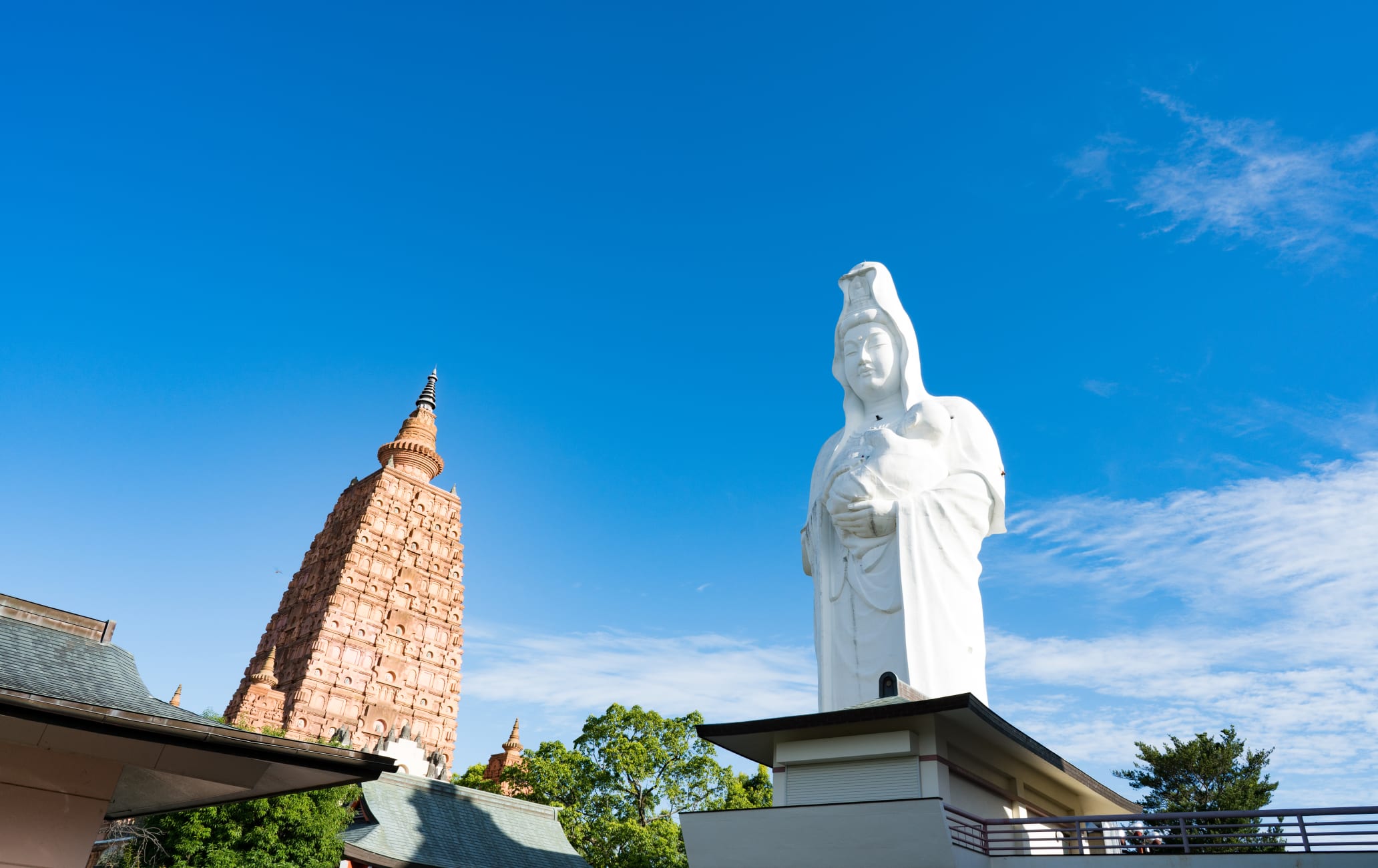Kurume's Local Cuisine Guide
Share
Kurume, a charming city located in Fukuoka Prefecture, Japan, is not just known for its rich history and beautiful landscapes but also for its unique and delectable local cuisine. This guide will take you through the culinary delights that Kurume has to offer, ensuring that your taste buds are tantalized during your visit.
A Taste of Kurume: The Culinary Landscape
Kurume's cuisine is a reflection of its geographical location and cultural influences. Nestled between mountains and the sea, the city benefits from an abundance of fresh ingredients. The local food scene is characterized by its emphasis on seasonal produce, seafood, and traditional cooking methods.
Key Ingredients in Kurume Cuisine
The essence of Kurume's culinary offerings lies in its key ingredients. Here are some staples you can expect to find:
- Rice: Kurume is famous for its high-quality rice, particularly the "Kurume Koshihikari," known for its sweet flavor and sticky texture.
- Seafood: Being close to the Genkai Sea, Kurume boasts a variety of fresh seafood, including fish, shellfish, and seaweed.
- Vegetables: Local farms produce a wide range of vegetables, with a focus on seasonal varieties that enhance the freshness of dishes.
- Soy Sauce: Kurume is home to several soy sauce breweries, producing rich and flavorful sauces that are integral to many dishes.
Signature Dishes You Must Try
When visiting Kurume, certain dishes are a must-try. Each dish tells a story of the region's culture and history.
1. Kurume Ramen
Kurume ramen is a local favorite, known for its rich tonkotsu (pork bone) broth. The noodles are typically thick and chewy, served with toppings like sliced pork, green onions, and a soft-boiled egg. The unique flavor profile of Kurume ramen sets it apart from other ramen varieties in Japan.
2. Motsunabe
This hearty hot pot dish features beef or pork offal, cooked with vegetables in a savory broth. Motsunabe is especially popular during the colder months, providing warmth and comfort. It's often enjoyed with a side of rice and dipping sauces.
3. Kurume Goya
Goya, or bitter melon, is a local vegetable that is often stir-fried or used in salads. Its unique flavor is complemented by various seasonings, making it a staple in many local dishes.
4. Sweets and Desserts
Kurume is also known for its traditional sweets, such as "Yakiimo" (roasted sweet potatoes) and "Daifuku" (sweet rice cakes filled with red bean paste). These treats are perfect for satisfying your sweet tooth after a savory meal.
Best Places to Experience Kurume Cuisine
To truly savor the flavors of Kurume, visiting local restaurants and eateries is essential. Here are some top recommendations:
1. Ramen Shops
- Kurume Ramen Shokudo: A popular spot for authentic Kurume ramen, known for its rich broth and generous portions.
- Motsunabe Yokocho: Specializes in motsunabe, offering a cozy atmosphere and a variety of hot pot options.
2. Traditional Japanese Restaurants
- Kaiseki Ryori: Experience a multi-course meal that showcases seasonal ingredients and traditional cooking techniques.
- Sushi Bars: Enjoy fresh sushi made from local seafood, with a focus on quality and presentation.
3. Sweet Shops
- Yakiimo Stand: Try the delicious roasted sweet potatoes, a beloved local snack.
- Daifuku Shop: Indulge in freshly made daifuku, with various fillings to choose from.
Best Time to Visit Kurume for Culinary Delights
The ideal time to visit Kurume for its local cuisine is during the spring (March to May) and autumn (September to November). During these seasons, the weather is mild, and you can enjoy the vibrant colors of nature while savoring seasonal dishes.
- Spring: Experience cherry blossoms and fresh vegetables.
- Autumn: Enjoy the harvest season with an abundance of local produce.
Weather Information
Kurume experiences a humid subtropical climate, with hot summers and mild winters. Here’s a quick overview:
- Summer (June to August): Hot and humid, temperatures can reach up to 35°C (95°F).
- Autumn (September to November): Mild temperatures, ranging from 15°C to 25°C (59°F to 77°F).
- Winter (December to February): Cool and dry, with temperatures averaging around 5°C to 10°C (41°F to 50°F).
Getting Around Kurume
Navigating Kurume is convenient, with various transportation options available. Public buses and trains connect you to key attractions and dining spots. Renting a bicycle is also a popular choice, allowing you to explore the city at your own pace.
Where to Stay in Kurume
Finding the right accommodation can enhance your culinary adventure. Here are some options:
- Luxury Hotels: For a lavish stay, consider hotels that offer fine dining experiences and spa services.
- Traditional Ryokan: Experience traditional Japanese hospitality with tatami rooms and kaiseki meals.
- Budget-Friendly Options: Guesthouses and hostels provide affordable lodging while still being close to local eateries.
You can book your stay through this link: Hotels & Flights.
Traveling to Kurume
Kurume is easily accessible from major cities like Fukuoka and Kumamoto. The nearest airport is Fukuoka Airport, which offers domestic and international flights. From the airport, you can take a train or bus to reach Kurume.
For flight bookings, check this link: Flights.
Things to Do in Kurume
While indulging in the local cuisine, don’t miss out on exploring Kurume's attractions. Here are some activities to consider:
- Visit the Kurume Art Museum: Discover local art and culture.
- Explore the Kurume Castle Ruins: Learn about the city's history and enjoy scenic views.
- Stroll through the local markets: Experience the vibrant atmosphere and sample street food.
For more activities, check this link: Things to Do.
Final Thoughts
Kurume's local cuisine is a delightful blend of flavors, traditions, and fresh ingredients that reflect the city's rich culture. Whether you're a foodie looking to indulge in authentic dishes or a traveler seeking new experiences, Kurume has something to offer. So pack your bags, bring your appetite, and prepare for a culinary adventure that will leave you with unforgettable memories.





